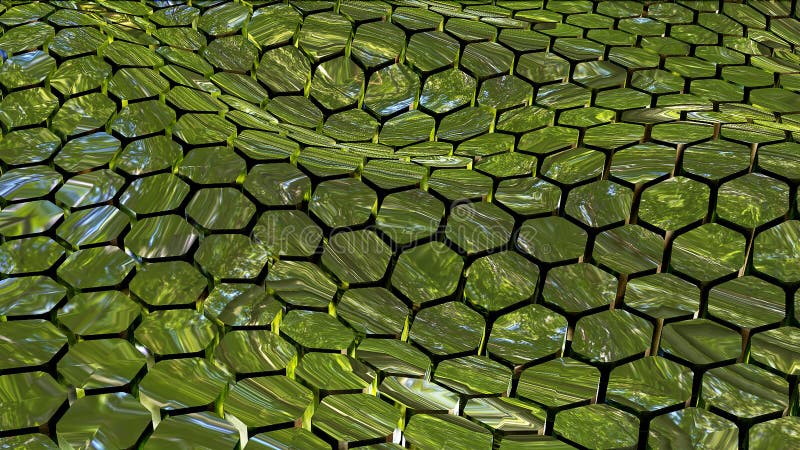
If you look closely at a properly tied knot of a tie, you can easily visualize the hexagonal geometric figure because a tie knot typically consists of six sides, six vertices, and six angles. Hence, it is one of the best examples of the hexagonal objects present around us. A snowflake consists of six sides and six-fold symmetry.

If you look at a nut closely, you can observe the hexagonal shape formed by its sides.Ī snowflake is a hexagonal crystalline form of ice. Nuts are the mechanical tools used in combination with bolts and washer to fasten two metallic pieces together. The six sides, six vertices, and six angles of each cell of a honeycomb make it a perfect example of a hexagon. One of the most common and naturally occurring examples of a hexagon is a honeycomb. Such a formation is known as tessellations.

Regular hexagons of equal magnitude can fit with each other without any gaps. A regular hexagon can be split into 6 equilateral triangles that are congruent in nature.Ĥ.

The sum of all the interior angles of a regular hexagon is equal to 720°.ģ. Irregular HexagonĪ hexagon that does not consist of equal length sides is known as an irregular hexagon. A hexagon is said to be regular if all of its sides are equal in length.


 0 kommentar(er)
0 kommentar(er)
